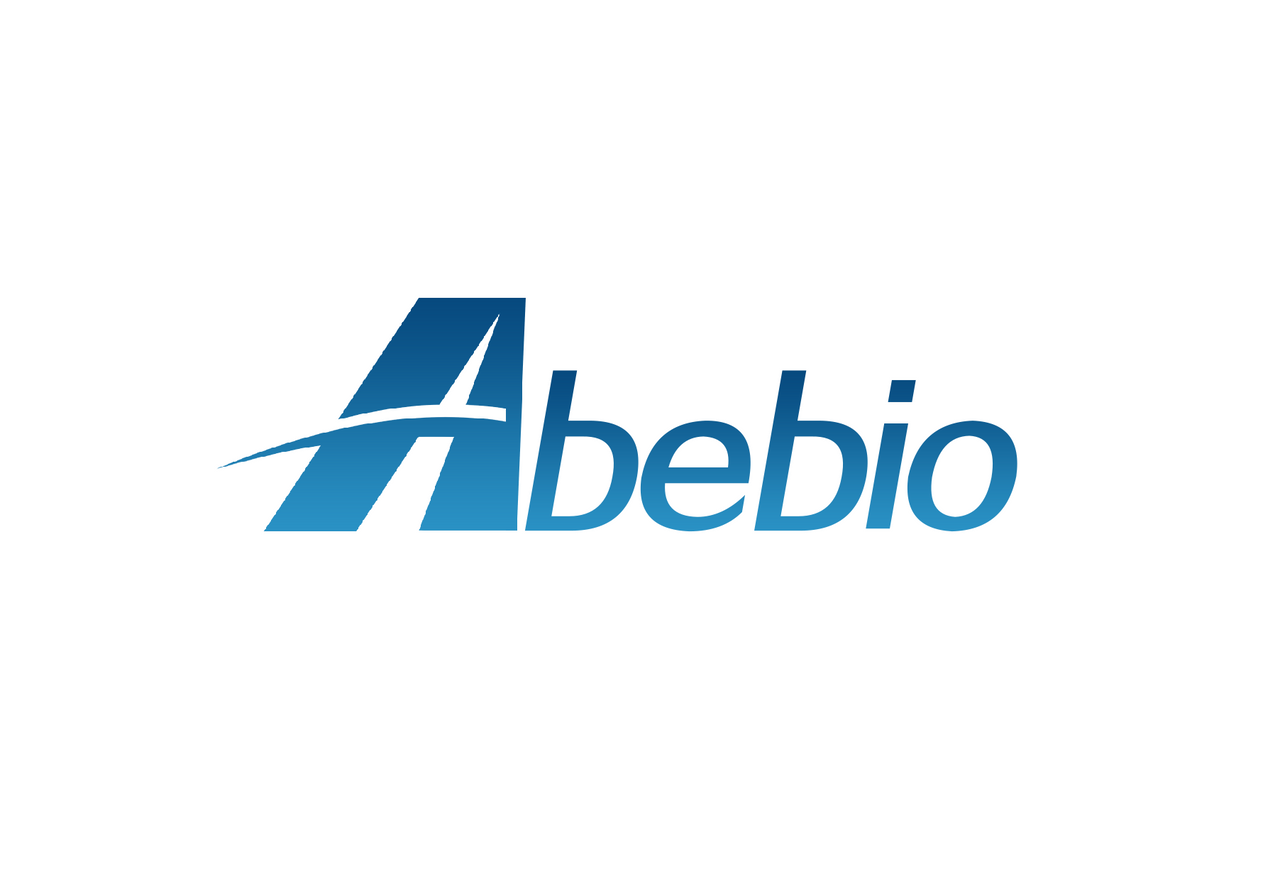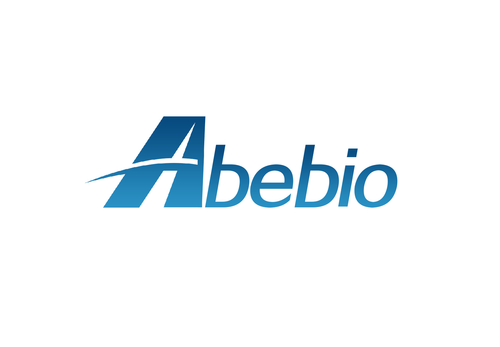Product Description
Human Phospholipase B-like 1 (PLBD1) ELISA Kit | AE27135HU | Abebio
Species Reactivity: Human (Homo sapiens)
Abbreviation: PLBD1
Alternative Name: FLJ22662; PLB homolog 1
Application: ELISA
Range: 62.5-4000 pg/mL
Sensitivity: 38 pg/mL
Intra-Assay: ≤3.4%
Inter-Assay: ≤9.1%
Recovery: 1, 02
Sample Type: Serum, Plasma, Other biological fluids
Detection Method: Sandwich
Analysis Method : Quantitive
Test Principale: This assay employs a two-site sandwich ELISA to quantitate PLBD1 in samples. An antibody specific for PLBD1 has been pre-coated onto a microplate. Standards and samples are pipetted into the wells and anyPLBD1 present is bound by the immobilized antibody. After removing any unbound substances, a biotin-conjugated antibody specific for PLBD1 is added to the wells. After washing, Streptavidin conjugated Horseradish Peroxidase (HRP) is added to the wells. Following a wash to remove any unbound avidin-enzyme reagent, a substrate solution is added to the wells and color develops in proportion to the amount of PLBD1 bound in the initial step. The color development is stopped and the intensity of the color is measured.
Product Overview: PLBD1, Belongs to the phospholipase B-like family. A phospholipase B (PLB) precursor was purified from normal human granulocytes using Sephadex G-75, Mono-S cation-exchange and hydroxyapatite columns. The native protein needed modifications to acquire deacylation activity against phospholipids including phosphatidylcholine, phosphatidylinositol, phosphatidylethanolamine and lysophospholipids. The enzyme revealed a PLB nature by removing fatty acids from both the sn-1 and sn-2 positions of phospholipids. The enzyme is active at a broad pH range with an optimum of 7.4. Immunoblotting of neutrophil postnuclear supernatant using antibodies against the 42 kDa fragment detected a band at a molecular mass of 42 kDa, indicating a neutrophil origin of the novel PLB precursor.
Stability: The stability of ELISA kit is determined by the loss rate of activity. The loss rate of this kit is less than 5% within the expiration date under appropriate storage condition. The loss rate was determined by accelerated thermal degradation test. Keep the kit at 37°C for 4 and 7 days, and compare O.D.values of the kit kept at 37°C with that of at recommended temperature. (referring from China Biological Products Standard, which was calculated by the Arrhenius equation. For ELISA kit, 4 days storage at 37°C can be considered as 6 months at 2 - 8°C, which means 7 days at 37°C equaling 12 months at 2 - 8°C) .
 Euro
Euro
 USD
USD
 British Pound
British Pound
 NULL
NULL








